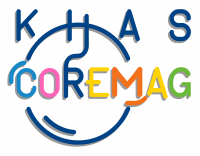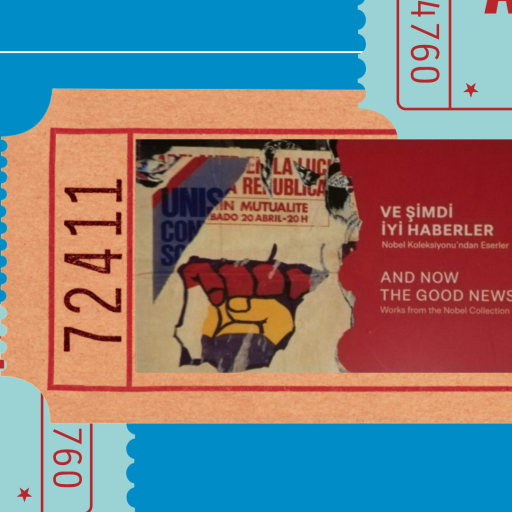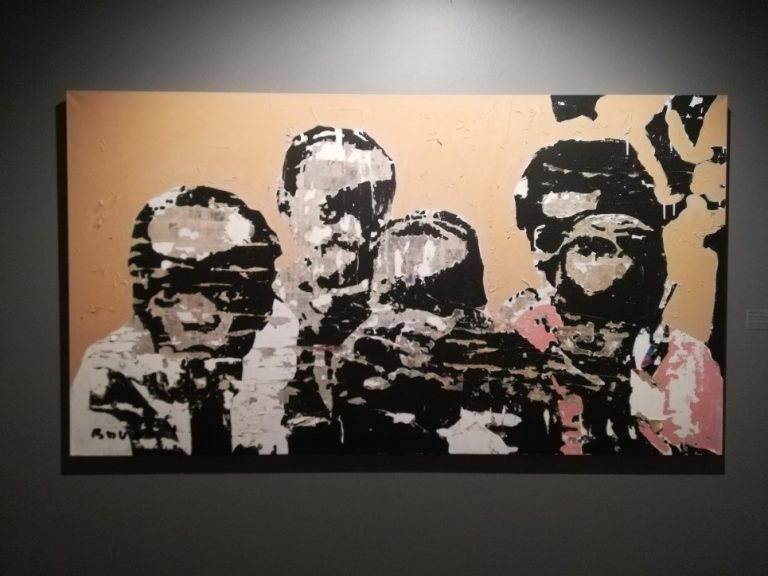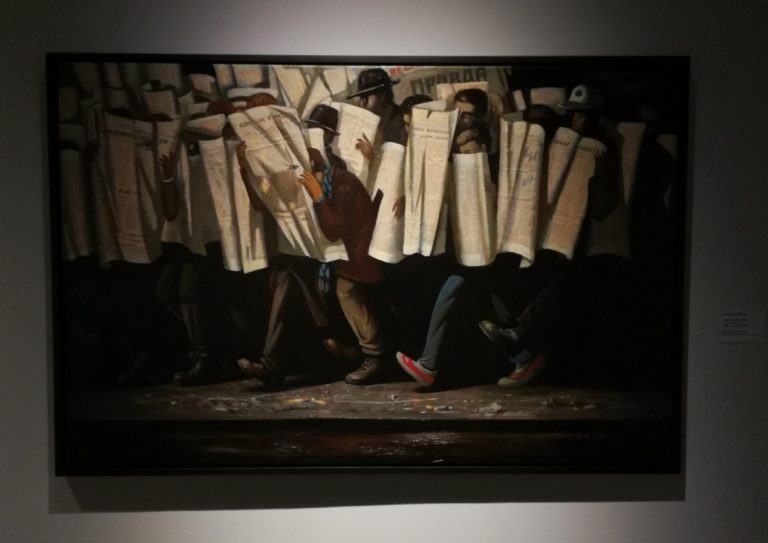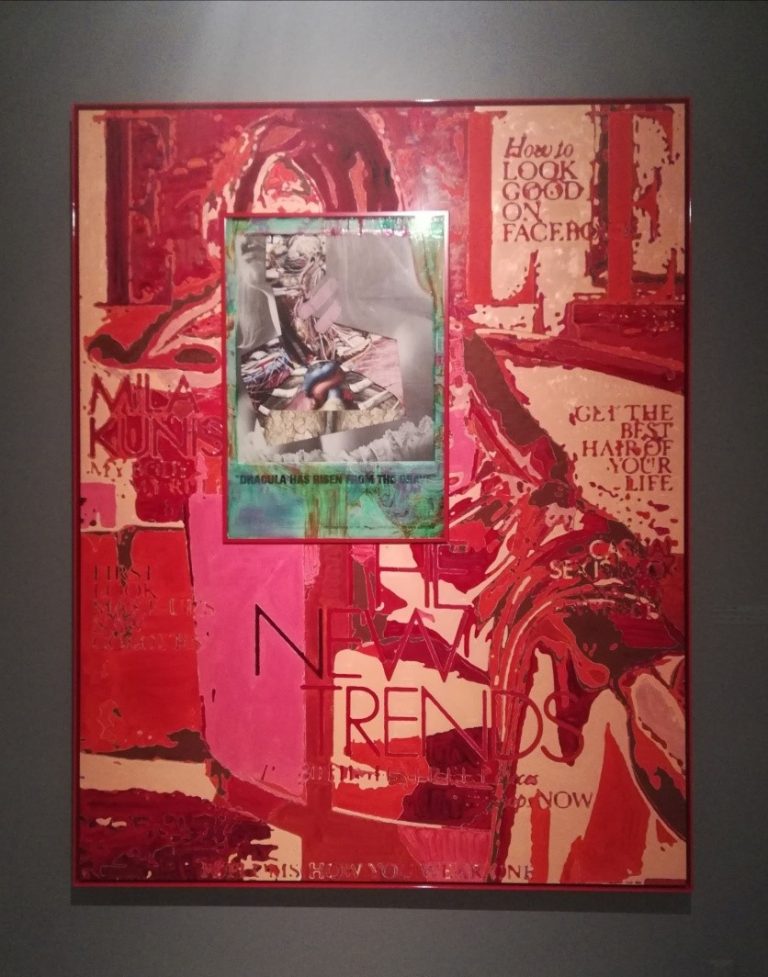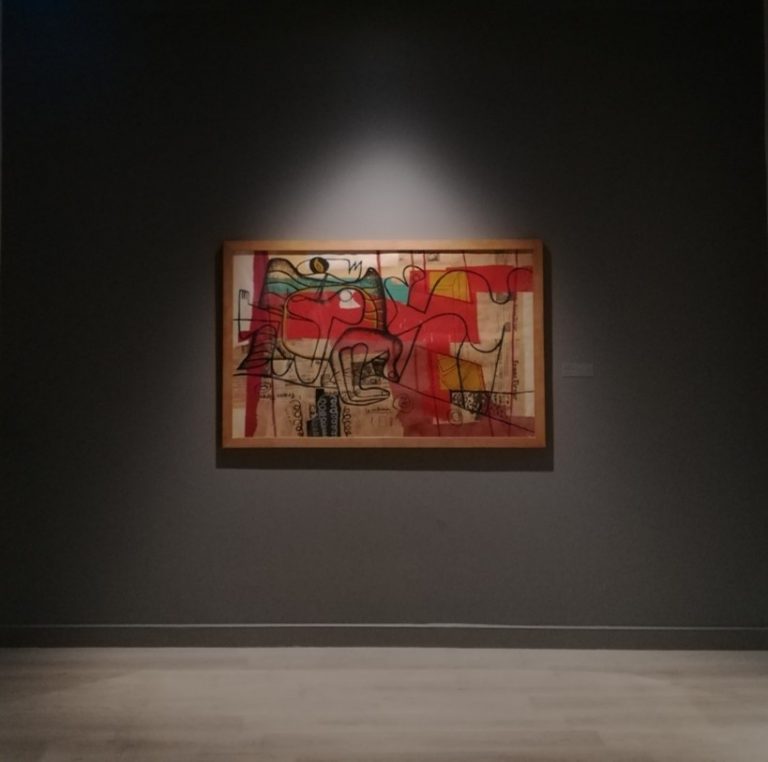And Now the Good News
12 Eylül 2022Kenana Albazal
The exhibition “And Now the Good News,” hosted by Pera Museum from April 13 until August 7, 2022, sheds light on the correlation between mass media and art, presenting a unique group of artworks from the Annette and Peter Nobel Collection, thoughtfully chosen and organized by Christoph Doswald. The exhibition explores the evolution of modern art while also addressing some of the most pressing themes in culture, science, and politics during the past 150 years. Spanning the major eras in modern and contemporary art, the exhibition includes roughly 300 pieces by 164 artists working in a wide range of mediums, including drawing, painting, collage, photography, video, and installation featuring prominent artists such as Andy Warhol, Alberto Giacometti, Jenny Holzer, Aleksandr Rodchenko, Bedri Baykam, David Hockney, Georges Braque, Henri Cartier-Bresson, Le Corbusier, Malevich, and Mayakovski.
The exhibition begins with paintings that challenge authoritarian regimes’ political propaganda at the turn of the twentieth century. It is followed by post-World War II artistic responses to media fuelled by a developing consumerism culture during which the peace movement arose. Finally, the theme of the exhibition covers the digital era discussing the evolution of media and its results of manipulation of the facts. One can observe how paintings, through an ironic approach, can question the reliability of the media and highlight the overlooked realities. Topics including ethnicity, gender, religion, and social media are also explored in terms of the series of changes they underwent. The theme demonstrates how while looking back in time, we learn that our perspectives on the present also expand. Displaying the signs of the vivid shifts in the art world in the last two centuries and, in particular, after the emergence of the widespread use of printing techniques, the selection of artworks enables us to observe the interchanging creativity throughout the last 150 years. Through the utilisation of magazines and newspapers in almost all the pieces, we are also reminded of significant political and social changes that occurred. We can also observe a wide variety of mediums, materials, styles, and even movements that mirror the transformation of art in the modern era, in which artists directed their focus on the idea rather than the visual element in their artwork while experimenting with materials, shapes, colours and unconventional techniques.
One of the pieces that caught my attention in this exhibition is the Googlegram named “Abu Ghraib,” produced by the artist Joan Fontcuberta in 2004. This conceptual piece exhibits a US soldier named Lynndie England with a brutal expression on his face pulling mercilessly a nude prisoner who miserably lays on the ground, showing signs of fatigue and malnutrition, in what appears to be a prison. If we look closely, the piece is composed of thousands of tiny photographs assembled like a mosaic piece. This is one of the several Googlegrams in which Fontcuberta constructed using Google images obtained by searching specific keywords, in this case, the names of officials accused of the Abu Ghraib prison atrocities in Iraq. The images resemble both mosaic tiles and pixels; however, these images hold much more meaning that forms a metaphor for the clash between mass media and the reality we live in. The artist may have intended to divulge the hidden facts that lie behind scenes or photographs like the one we can see in the mentioned piece. It also questions to what extent does the information produced from mass media whether through newspapers and magazines or videos and images on the Internet, holds true and to what extent does this information reflect reality.
Joan Fontcuberta was born in February 1955 in Barcelona, where he currently lives and works. Through photography, Joan Fontcuberta explores the subjectivity of truth, reality, and perception. His work examines topics such as technology, media, religion, medicine, the art world, politics, and science. Other than his work on Googlegrams, he built an archive of documents detailing imaginary plants and animals—like monkeys and unicorns—which he showed as a scientific catalogue in Fauna Secret. Fontcuberta has also implemented works by Paul Cézanne and Salvador Dali, as well as images of his own body, to reuse geographic software, which was initially developed to produce photorealistic landscapes from scanned data. Natural scenes like mountains and lakes appear from those images created by the software.


